
History of Real-Time Strategy: The Peak (1999 - 2003) - Article
by Taneli Palola , posted on 06 April 2019 / 24,389 ViewsAs I've previously alluded to several times in this article series, it's quite difficult to separate the history of real-time strategy into specific periods of time based on any one criterion. Much of this is because there are always several different directions the genre is pushing towards, and even when I label this particular period as 'the peak', there are once again arguments that can be made for several other points of time as the real high point of the genre.
All this depends on the point of view one takes, whether it's looking strictly at commercial success, critical acclaim, the number of high profile franchises, or taking any number of other perspectives. For the purposes of this article the peak is taken to be the years during which most of the high profile RTS series received their most successful and beloved entries. In that sense it can be argued that the beginning of this period was the release of the original StarCraft in 1998, but we're beginning just a little bit later, at the start of 1999, as multiple different series had now established themselves and were pushing the genre forward, each in their own unique way.
Refinement and Experimentation
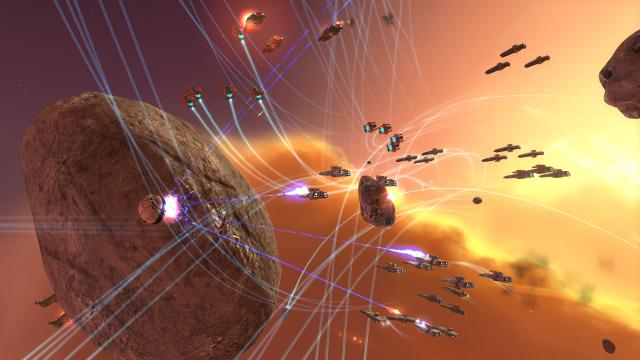
As the new millennium was nearing, the RTS genre began to increasingly experiment with 3D elements, a trend that had begun a few years earlier with the likes of Total Annihilation and Dark Reign. Numerous different titles had featured 3D elements in them, from realistically behaving debris to environments with actual depth. However, it wasn't until 1999 that the genre saw the release of the first fully 3D real-time strategy game.
In 1997 a studio called Relic Entertainment was founded in Vancouver, Canada, by Alex Garden and Luke Moloney, and quickly went to work on its first project. While Relic didn't initially set out to specifically create a real-time strategy game, the genre was chosen because it suited the team's goal of making a game with exciting, large-scale space battles very well. This project would eventually become known as Homeworld, and it would have a massive impact on the genre moving forward.
While Homeworld was a visually gorgeous title back in its day, with an excellent score and sound design, as well as deep and polished gameplay, it was the full 3D nature of the game that elevated it above most of its competition at the time. At its core it's still a classic real-time strategy game with fairly standard gameplay mechanics, but adding a 3rd dimension to the gameplay loop and setting the game in open space turned it into an entirely new type of experience.
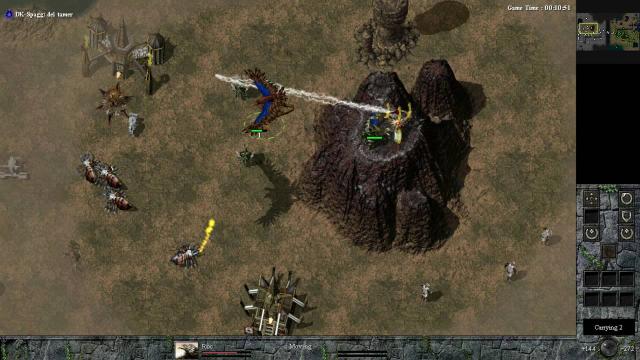
Of course, the emergence of 3D was still in its early stages, and most RTS games were still either completely 2D or only featured limited 3D elements. It would take quite a few more years before 3D would become the genre norm, so while games like Homeworld explored the genre's limits, most high profile titles took a much more conservative approach and largely limited themselves to improving existing gameplay elements rather than trying to invent new ways to play.
One such example was Total Annihilation: Kingdoms, the follow-up to Cavedog Entertainment's 1997 classic. Ditching the sci-fi setting in favour of a fantasy world, Kingdoms was essentially just the first game transferred into a new environment, with some features added on top. The most significant one being the game having four different factions instead of just two, and unlike the first game where both sides were largely the same in gameplay terms, the four armies in Kingdoms were clearly distinct. Otherwise the game kept the 3D elements of its predecessor, simply improving on the visuals and making some minor gameplay tweaks.
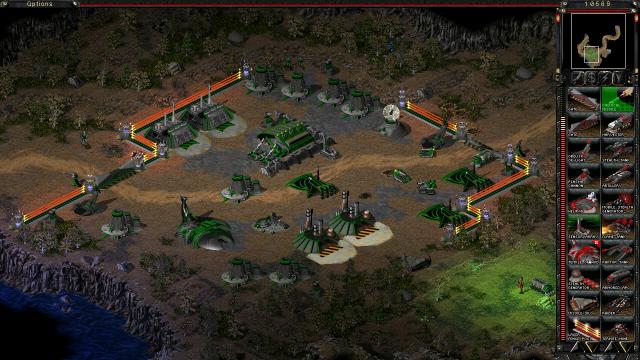
At the same time Westwood Studios was gearing up towards the release of one of its most anticipated games yet, Command & Conquer: Tiberian Sun. First announced immediately after the release of the original C&C, Tiberian Sun went through a very troubled development, partially due to publisher Virgin's financial issues which led to the acquisition of Westwood Studios by EA in 1998, a move that would eventually lead to Westwood's closure. Because of this and various other problems, many planned features didn't make it into the final game, and many that did were left unfinished and buggy.
Fortunately, at its core Tiberian Sun was still a good game. It may not have pushed the genre forward in any meaningful way, but it successfully captured the feel of its predecessor and continued the story of the conflict between Nod and GDI in a way that made fans of the series happy. For example, the trademark FMV sequences made a return, with Joseph Kucan both reprising his role as Kane and directing the cutscenes. Whatever issues the game may have had, it was very clearly a direct continuation of Westwood's earlier RTS titles.
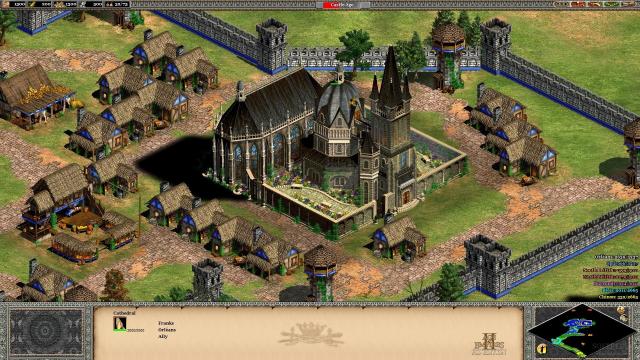
That same year also saw the release of another anticipated sequel in the form of Age of Empires II: Age of Kings. Although a clear improvement over the first game in almost every regard, AoE II could also cynically be seen as little more than an expansion to the original, as it didn't really do that much to change or innovate. Fortunately, the game was still excellent, with numerous minor quality of life improvements that made it a more enjoyable experience compared to the first title, and it was another huge success for the developer.
As the new millennium began the RTS genre was beginning to show some signs of fatigue. Over the latter half of the 90s countless developers and publishers had tried to capitalize on the success of games like Command & Conquer by quickly pushing out cheap knock-offs onto the market, effectively oversaturating the field. Most of these games failed to make any significant impact either commercially or critically, but the effects of so many poor games appearing on store shelves in such a short period of time would soon start to take hold, leading to a downturn in the popularity of real-time strategy.
However, that was still a few years away as the year 2000 rolled around, and while many companies were still churning out second rate games at an unreasonable rate, there were more than enough genuinely excellent titles to keep the genre afloat and fans happy. This may have been the beginning of the slow decline that would end the golden age of real-time strategy a few years later, but the signs were really only there in hindsight. At the time there was seemingly nothing to worry about, as several releases each year sold in the millions.
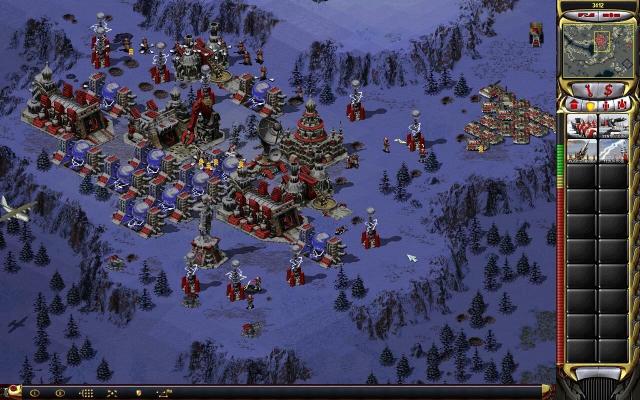
Perhaps the most significant new release of the year was Command & Conquer: Red Alert 2. Westwood Studios had been working on the title for a while and it was basically a more polished version of the first Red Alert, with the knowingly silly FMV cutscenes perhaps even more ridiculous than ever before. For me personally it is still the peak of the entire series, and is sadly the last full RTS title Westwood ever developed, but more on that a bit later.
That same year brought us numerous expansions to several big games, including Age of Empires II: The Conquerors and Command & Conquer: Tiberian Sun – Firestorm. They were basically just more of what the base games had delivered, with some additional units and other minor changes. We also got Homeworld: Cataclysm, which was originally developed as an expansion to Homeworld, but was eventually released as a stand-alone game. Regardless, it still played more or less the same as the original game.
2000 also saw the release of several notable new games that aren't strictly speaking RTS title, but which contain elements of the genre. While I won't dedicate too much time to them here, they still deserve to be mentioned. The two that most people are likely familiar with are Europa Universalis, a grand strategy game that has pausable real-time gameplay, and Shogun: Total War, a turn-based strategy and real-time tactics game.
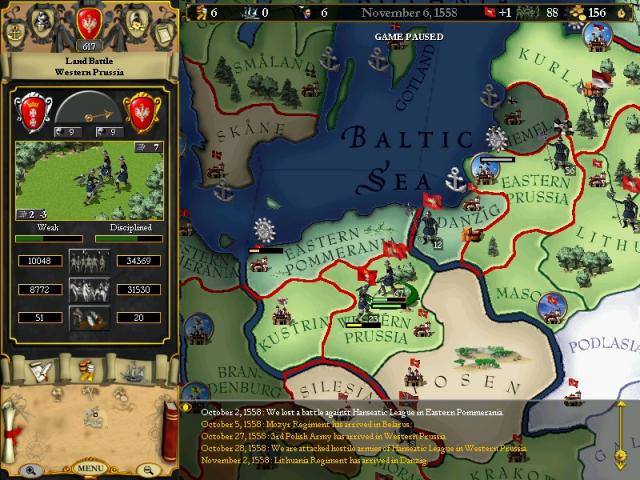
Europa Universalis is important as its success led to the birth of several other series such as Victoria, Crusader Kings, and Hearts of Iron, all of which were developed by Paradox. Shogun: Total War was also imperative in launching Creative Assembly's Total War series, which is still going strong today. As mentioned these aren't exactly RTS titles, but due to their influence on the strategy genre as a whole they deserve to be brought up here.
Unfortunately, 2000 was also the year that Cavedog Entertainment shut its doors following its parent company's financial issues and Total Annihilation: Kingdoms selling much less than anticipated. Ultimately Cavedog was a very short-lived development studio, and during that time it really only released a single genuinely great and influential title in Total Annihilation, but that one game was enough to forever cement the company's place as one of the key RTS game developers of this era. Many key people from the studio have since moved on to other game companies and are still working in the industry today.
It was also around this time that many RTS games began to further distinguish themselves by specializing in certain specific aspects of real-time strategy while downplaying others to distinguish themselves among the competition; a trend that is still going on today as new games constantly try to find their own niche within the genre. While largely reserved for smaller titles initially, this would only become more prevalent as the genre's popularity began to dwindle the further into the new millennium they got. We'll cover more of these titles next time.
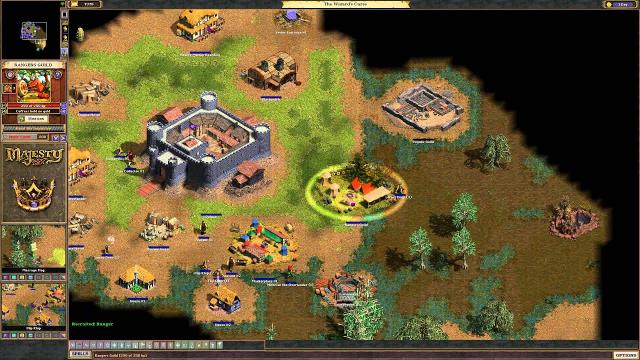
Naturally a huge number of other titles released in 2000 as well, but talking about them all would take up way too much space. Still, there were a few games worth noting such as Majesty: The Fantasy Kingdom Sim and Ground Control, even if they weren't quite on the level of the likes of C&C and Age of Empires in terms of commercial success or impact.
One title that also deserves some recognition is Allegiance, which was somewhat emblematic of the experimentation that was going on in the RTS space at this time. It combined real-time strategy elements with space combat simulation, where a single player commands a team of players by making tactical decisions and developing technologies and bases.
The following year was almost like a gap year as far as new developments in the genre were concerned. Most of the big RTS series were largely absent, and the next big changes wouldn't really begin to take hold until 2002. Of course, there were exceptions to this, as there always are. Perhaps most notably an RTS title finally came out that showed the genre could work on consoles, and do so very well.
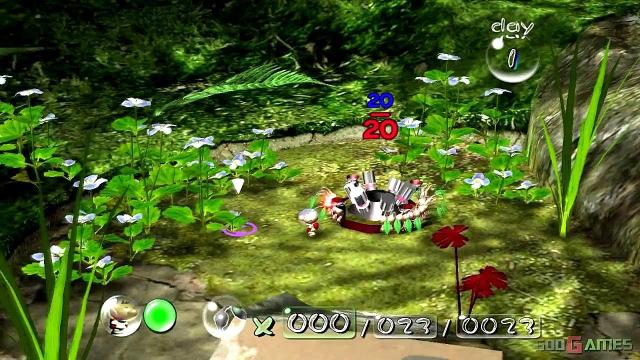
To say that the developer of this particular title was surprising would be quite an understatement, although I suppose if there was a developer that could find a way to make real-time strategy work on consoles it would be Nintendo and Shigeru Miyamoto. The game in question was Pikmin for the Nintendo Gamecube.
Over the years countless attempts had been made to bring real-time strategy to consoles, and while some titles had been fine or even good to a certain extent, they were always just weaker, clumsier versions of their PC counterparts. Even developers like Westwood and Blizzard had tried to make the leap to console with Command & Conquer and StarCraft, but had never quite managed to pull it off. There was always something limiting the games (that something usually being the controls). And then came Pikmin.
The main problem with porting RTS games to console platforms had always been the difficulty in controlling a battlefield with a controller compared to a mouse and keyboard. The genius of Pikmin was in putting the player in direct control of a single character through which the player then issued orders to the ”troops”. It put players more directly in control of the different Pikmin types, and made the gameplay faster and easier to use than in other console RTS titles. It was a clever solution to the problem and one that made Pikmin an excellent game as well.
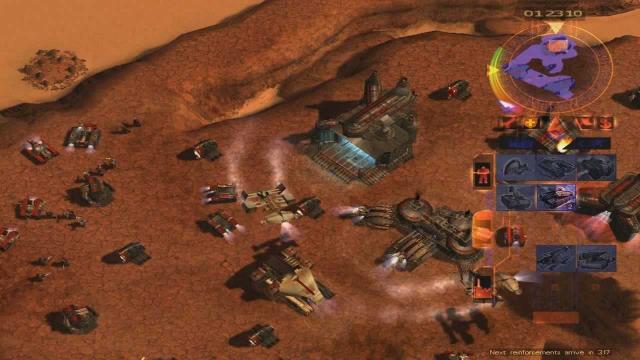
Besides that, however, 2001 had little in the way of groundbreaking or amazing titles within the genre. There were a number of quality titles naturally, but very few that had any lasting impact. Some notable ones were Westwood Studios' return to the world of Dune in the competent but forgettable Emperor: Battle for Dune, and GSC Game World's Cossacks: European Wars, which was notable for its massive population cap that could reach tens of thousands of units.
In addition we had titles like Empire Earth and Kohan: Immortal Sovereigns vying for a spot on top of the RTS mountain. Yet, none of these titles managed to push past their own particular niches. Each had their own dedicated fans, however, and many featured some clever twists on the traditional RTS formula, like Kohan's emphasis on supply-and-demand economics instead of direct control over your army units.
In contrast with the year prior, 2002 saw some massive developments in the genre, specifically in the widespread adoption of 3D. As mentioned before, numerous RTS games had experimented with using fully 3D graphics and individual 3D elements in otherwise 2D games, but it wasn't until 2002 that 3D became the industry standard. This jump was made specifically on the backs of two highly influential titles that released within months of each other - WarCraft III: Reign of Chaos and Age of Mythology.
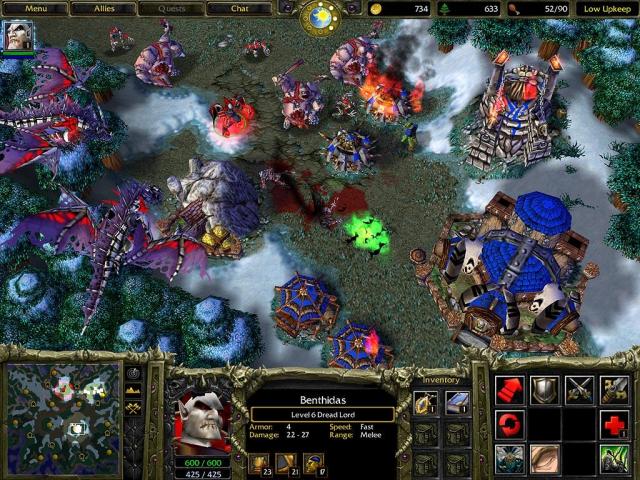
By 2002 it had been almost seven years since the last proper WarCraft title and the hype behind Reign of Chaos was massive. To call the game a success would be a huge understatement as it went on to become a million seller within a month of its release, and continued to sell well for several years afterwards. However, the game's impact doesn't come from its sales, but rather from the elements it popularized in real-time strategy games.
As the genre had begun to slightly stagnate over the preceding few years, even big companies like Blizzard needed to start experimenting with the formula they had found so much success with in the past. The thing that made WarCraft III stand out was the introduction of role-playing elements and hero units that leveled up and gained new abilities, including an ultimate ability that was gained at level 6, all of which carried through from one mission to the next in the campaign. In addition they could use items to increase their stats. As some of you probably know, this seemingly simple addition to the traditional RTS gameplay loop would soon become immensely important in shaping the style of an entire sub-genre of games.
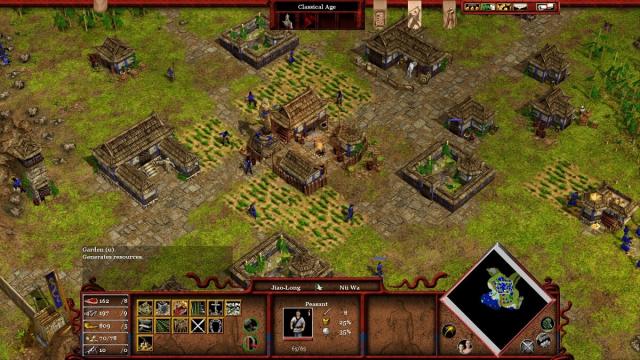
Besides WarCraft III, 2002 also brought us Ensemble Studios' Age of Empires spin-off, Age of Mythology. It was another very well received title that played a part in the popularization of 3D graphics in RTS titles. The game played much like the previous Ensemble titles, with some notable added elements like gods that have an effect on gameplay, from granting the player specific technologies to special god powers. Each side in the game had their own gods, and each of them granted different benefits to the player, making the choice of god an important one.
The following year would prove to be another important milestone in the on-going shift that was happening within the genre, though not all of it was entirely positive. Several series got their next major installments and a new sub-genre was born, but we would also lose one of the oldest and most influential studios that shaped the genre into what it is today.
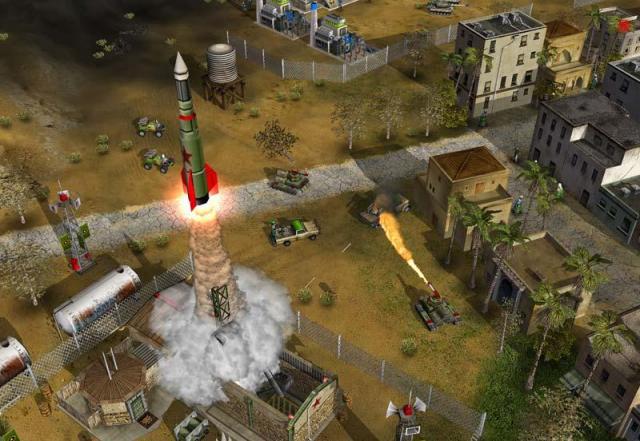
In January 2003 the news hit that Electronic Arts was planning to close Westwood Studios in the very near future because its two previous titles hadn't met the publisher's commercial expectations. As a result the developer that had effectively shaped the modern RTS with Dune 2 and popularized the genre with Command & Conquer closed its doors on March 30th, 2003. Command & Conquer still remains under EA's banner, but the series has fallen far from its best days and it has now been over a decade since the last well received game in the series saw the light of day.
However, the end of Westwood didn't seem to have much impact on its biggest series at the time, since the next main installment in the franchise - Command & Conquer: Generals - was released literally less than two months before the studio closed down. Developed by EA Pacific, Generals was something of a departure from the series' usual style and gameplay, and divided fan opinion as a result. It's a good RTS, but perhaps not the game some people wanted or expected.
On a more positive note, WarCraft III received a critically acclaimed expansion in The Frozen Throne, which continued the story of the base game while adding a number of new units, buildings and heroes to each faction. Another notable return was Relic Entertainment's Homeworld 2, which received a similarly positive response, and cemented Relic's place as one of the premier RTS developers in the industry, especially now that Westwood was gone.
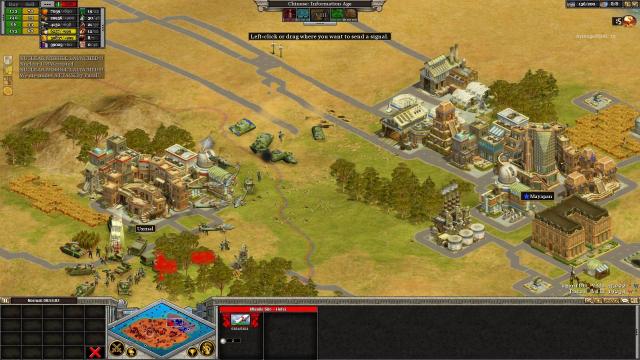
As far as new names were concerned, perhaps the most significant was Rise of Nations, by Big Huge Games. It was the developer's first game ever, and it immediately established the company as one of the most talented developers around, though there were a lot of experienced people behind the game. It also separated itself from the pack with a very clever twist in gameplay that surprisingly hadn't been attempted before this. It basically mixed traditional real-time strategy gameplay with elements from traditional turn-based strategy games like Civilization.
During a year with games like Homeworld 2, C&C: Generals and WarCraft III: The Frozen Throne, the most critically acclaimed RTS title was actually Rise of Nations. For a new developer that is an amazing achievement. Yet, even with so many games coming out in 2003, the most historically important title wasn't even a full game, but a fan-created mod for WarCraft III based on an old map called Aeon of Strife from StarCraft. Now we need to talk a bit about Defense of the Ancients.
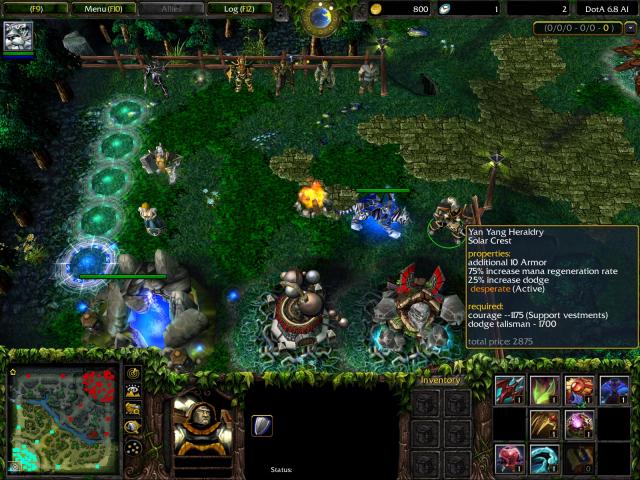
It's perhaps a telling sign of the genre's state at the time that, despite the plethora of amazing titles making this the best period ever to be an RTS fan, the one game that made a lasting impact on the genre basically stripped out most of what had made real-time strategy what it was and is to this day. Gone were things like base building and resource management, and in your control was a single hero unit instead of an army of units. The early 2000s had brought us some of the best RTS games of all time, and yet the decline had already begun.
While Defense of the Ancients (or DotA) would go on to massively influence future titles in the MOBA (multiplayer online battle arena)/Action RTS sub-genre, it wasn't the first game of its kind, nor was its impact instantaneous. All the way back in 1989 Herzog Zwei had actually contained elements that were integral to the MOBA genre. However, DotA was undoubtedly the game that popularized it and made it commercially viable. Even then, it would take around five years before its true impact began to manifest itself.
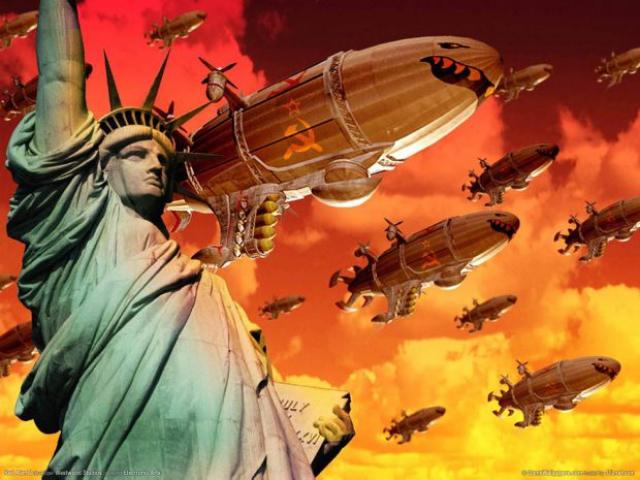
We've now reached a precipice for real-time strategy. Throughout the 90s and into the early 2000s the genre had seen nothing but constant growth in popularity and critical acclaim. New, great games were released every single year, pushing the boundaries of what could be achieved in the genre and inventing new, interesting takes on real-time strategy. Unfortunately, this period was about to come to an end.
By 2003 the cracks had begun to show. The genre had seemingly reached its apex, and new titles were no longer breaking sales records as in the old days. The first major victim of this change was Westwood Studios, which wasn't able to satisfy EA's commercial demands and was closed. More would follow later, but the signs were already there; the fragmentation of real-time strategy was already underway. However, that will be covered next time, as we delve into the long period of decline for real-time strategy.
Sources:
-The history of real-time strategy games (Ars Technica)
-1001 Video Games You Must Play Before You Die
More Articles
I feel so lucky to have grown up when I did, just as things like Tiberian Sun and Age of Empires II were being made. They really defined my early gaming years and it's a damn shame we don't get anything like that level of quality anymore.
There's quite a few titles I didn't recognise in here so I'll have to check them out in future!
2D RTS are still the best. The golden age of gaming, oh how I miss thee...
Yep, nothing but the truth in this article.
Personally though for me the RTS age started with Warcraft II Tides of Darkness. And ended with Age of Mythology. Oddly enough I did like C&C Generals the best out of the C&C games I played. Me and a friend often remenisce about how there used to be good RTS games being released on a frequent basis, we'd play together. Warcraft, Age of Empires, Galactic Battlegrounds, Empire Earth, Cossacks.. One of our best memories is playing Cossacks together, raising armies of 8,000 each which covered half the map and trow into one gigantic battle. A single shot from a cannon wiped out a hundred men. That time is long gone, he still plays Warcraft III though.
Thinking about this, I should have answered differently in the “Is gaming better today” thread this morning. It’s definitely not.
Thank you for this retrospective, as a RTS fan it's great to get more attention to the genre. This also makes me realize how many classics I have yet to play, I'm surprised I haven't played the C&C games, I guess Age of Empires monopolized my time when I was young.
I'm glad you enjoy reading them, and I'm pretty much in the same situation. I've played a huge number of RTS games over the years, and yet when I'm reading up stuff for these articles I'm constantly coming across games I've never even tried.
Definitely my favorite genre. Started life out on Zone.com + Age of Empires back in 1997, online gaming on the old 33.6kbps dial-up modem was amazing.
Eventually moved onto Battle.net + StarCraft in 1998.
And of course fired up Homeworld and Homeworld 2 for something different every now and then, was an amazing time to be a PC gamer... Company of Heroes (Released allot later then the "peak") was also a stupidly solid title that had me by the family jewels from start to finish.
Shame the article didn't mention titles like Dungeon Keeper, Black and White, Battlezone 2, X-Com, The Settlers, KKND, Cossacks and so on though, they were also solid titles in their own right.
Definitely the Golden age, when the article misses games that Machina listed, as well as Stronghold and Stronghold Crusader. And this is at the same time as many other Turn based, Tactics, City building, and strategy games on the PC/ console. There simply isn't too much of this left, but I still enjoy them like Crusader Kings 2.
Empire Earth is one my all time favourite games.
I had never played any kind of RTS, and one day in 2001 my teacher showed me Age of Empires. I was immediately hooked, and went on to spend countless hours playing AoE, AoM, and Rise of Nations.
Back when gaming required a brain. The days I have missed you.
Homeworld holds a special place in my heart. Its one of the best gaming franchises I have played. I am hoping one day they find the missing source code for Homeworld Cataclysm, because that game is amazing and a shame its not included in the Homeworld Remaster Collection. I recommend it highly, especially since you loved the first two.









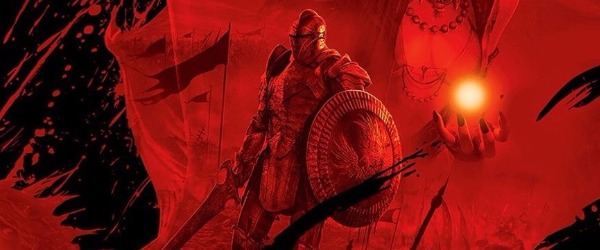
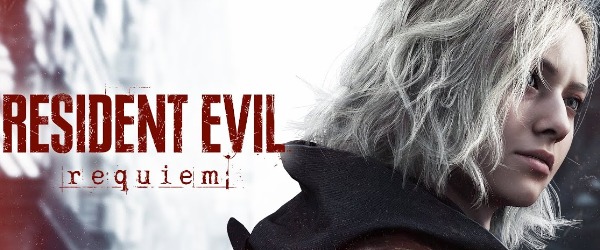
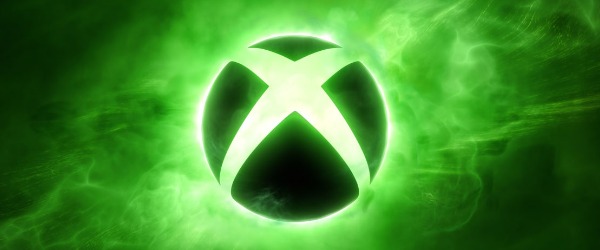










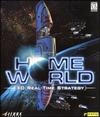



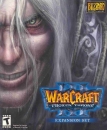
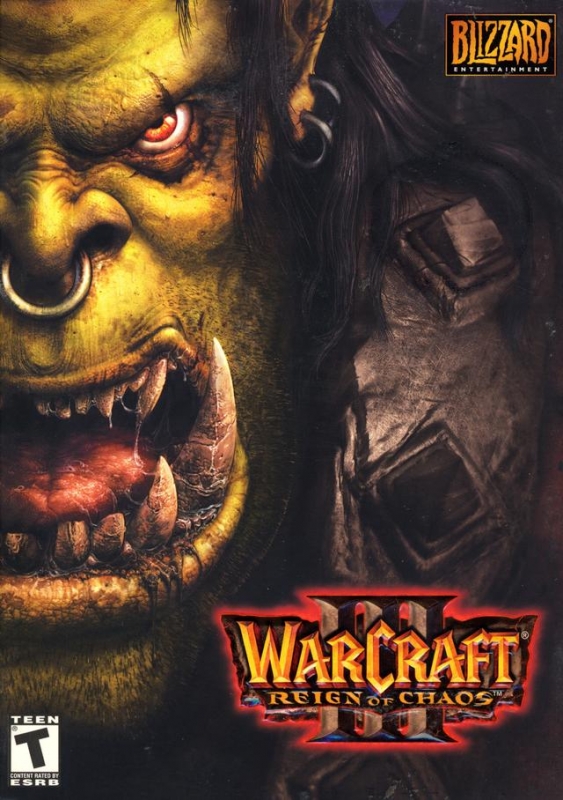
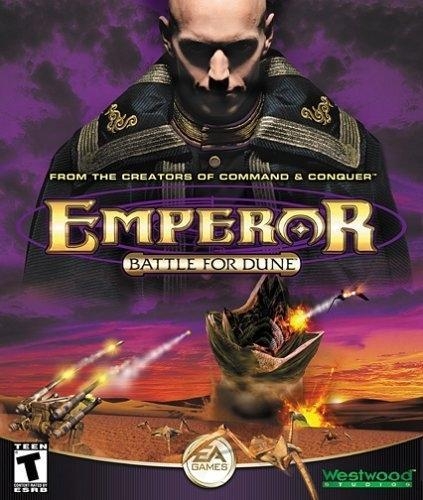
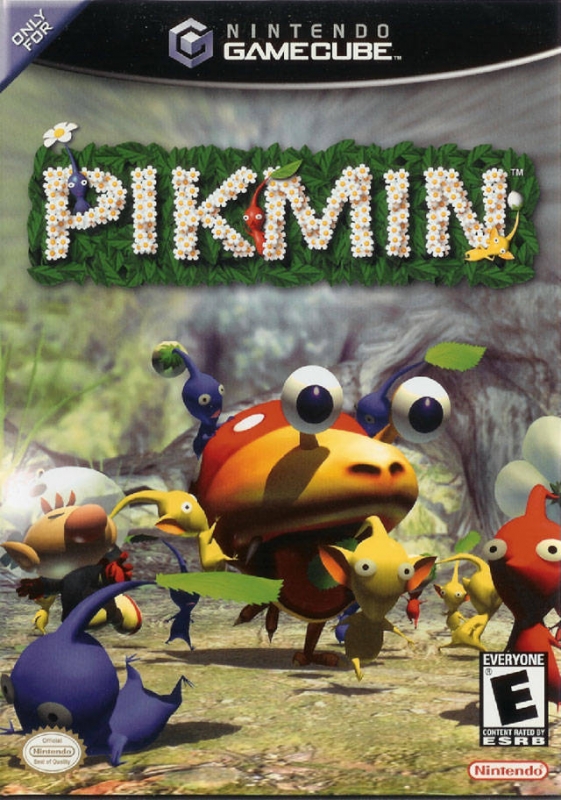

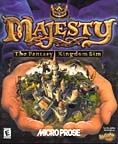
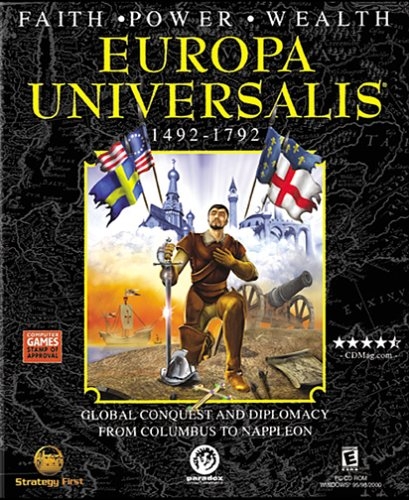
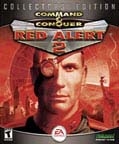
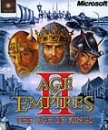
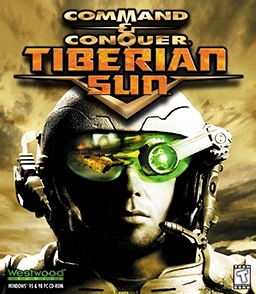
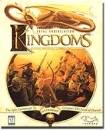
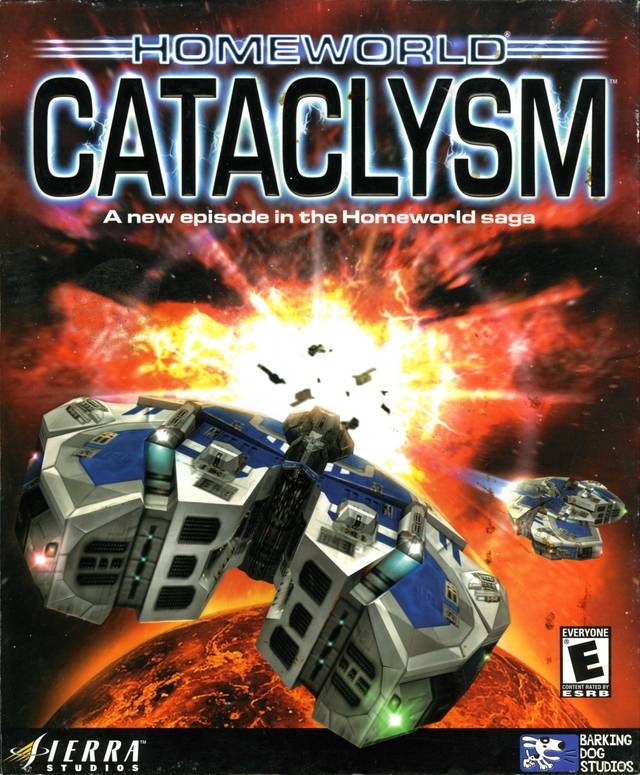
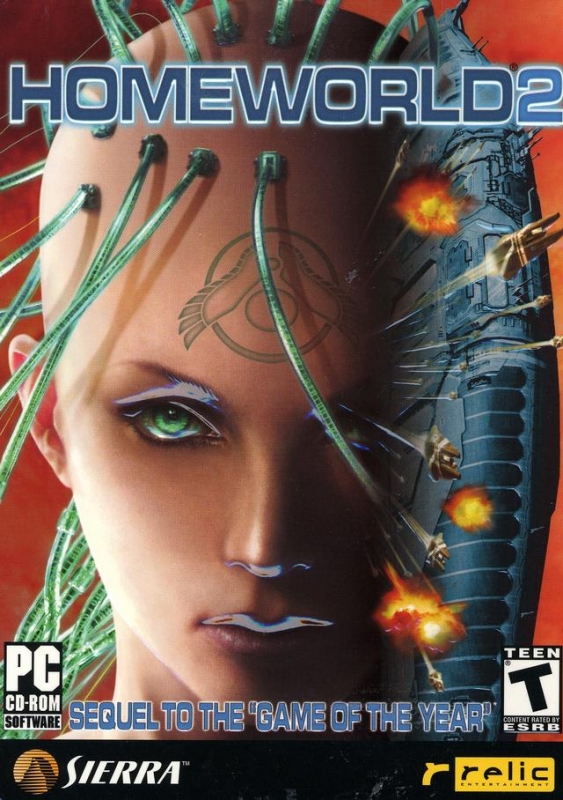
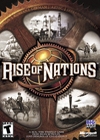
 Essay Pro
Essay Pro